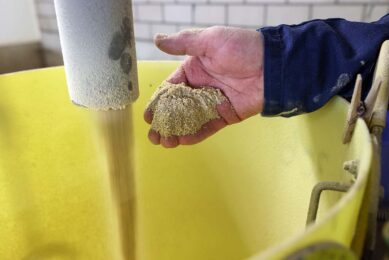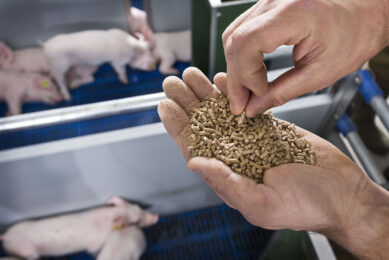Acid questions
Organic acids are without doubt the most commonly used replacements for antimicrobial growth promoters. As organic acids are quite expensive, questions regarding their correct use never cease to come up in conversations. Here I describe some common recent issues.
Organic acids are without doubt the most commonly used replacements for antimicrobial growth promoters. Although there is currently no perfect replacement for ‘antibiotics’, organic acids have proven they can offer the best alternative.
That is, at least, in terms of performance, if not in terms of cost! As organic acids are quite expensive, questions regarding their correct use never cease to come up in conversations. Below are the most common issues I have faced in the last couple years.
* Which acid is the best?
Unfortunately, there is no simple answer to this question. Different acids are effective against different microorganisms. Moreover, acids affect the gastrointestinal pH according to their own strength, expressed as pKa. Today, there are several criteria that help a nutritionist or veterinarian select the right acid for the right job.
* One acid or more?
Research and experience has shown that a blend of acids always works best in cases where a plethora of microorganisms are targeted under diverse farm conditions. Among the most popular blends, those of formic, lactic, and propionic are widely used. Nevertheless, a properly selected strong acid can definitely be more effective than an unspecific blend of weak acids!
* How much should I use?
Original research on acids was done with up to 2% acids in complete feed. At such levels, organic acids prevented scours and enhanced growth performance. Current practice, however, calls for inclusion levels starting from 0.1%, with more ‘aggressive’ levels being 0.5%. This is mainly due to cost considerations. Exact dosage, again, depends on pathogenic load and overall farm conditions. The more likely the pigs to scour post-weaning, the higher the dose should be.
* Will pigs go off feed if I use too much?
Most likely not as pigs enjoy a tangy taste, especially that coming from citric acid! Organic acids should be used up to lowering the pH of complete feed down to 4-4.5. Below this level pigs might start refusing feed, but this depends on the overall feed composition.
* Are inorganic acids effective?
Yes and no! Phosphoric acid is effective in lowering gastrointestinal pH, but it is largely ineffective against direct suppression of pathogens. Hydrochloric acid, which is the acid secreted by the stomach, is quite effective, but its practical applications are not well established. More research is needed on this one!
* Should essential oils be combined with acids?
Yes! When these two are combined together, it appears that their action becomes synergistic. Essential oils are less expensive than acids – at least at practical inclusion levels – but their true potential is rarely expressed when used alone. There, the right combination of essential oils is equally important as all products are not created equal!
Join 18,000+ subscribers
Subscribe to our newsletter to stay updated about all the need-to-know content in the pigsector, three times a week. Beheer
Beheer










 WP Admin
WP Admin  Bewerk bericht
Bewerk bericht